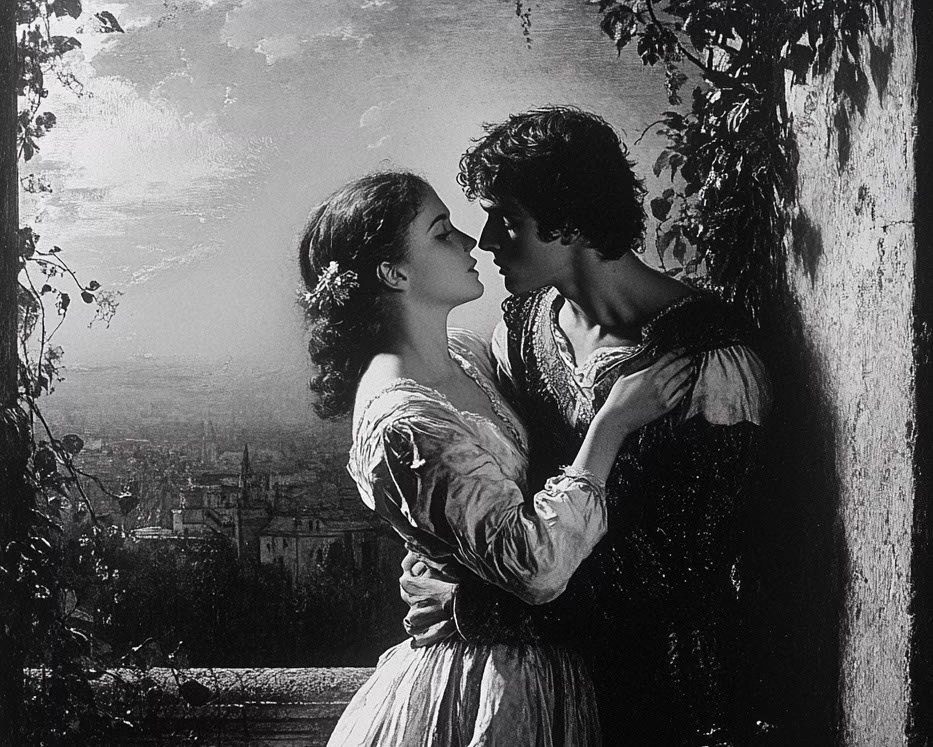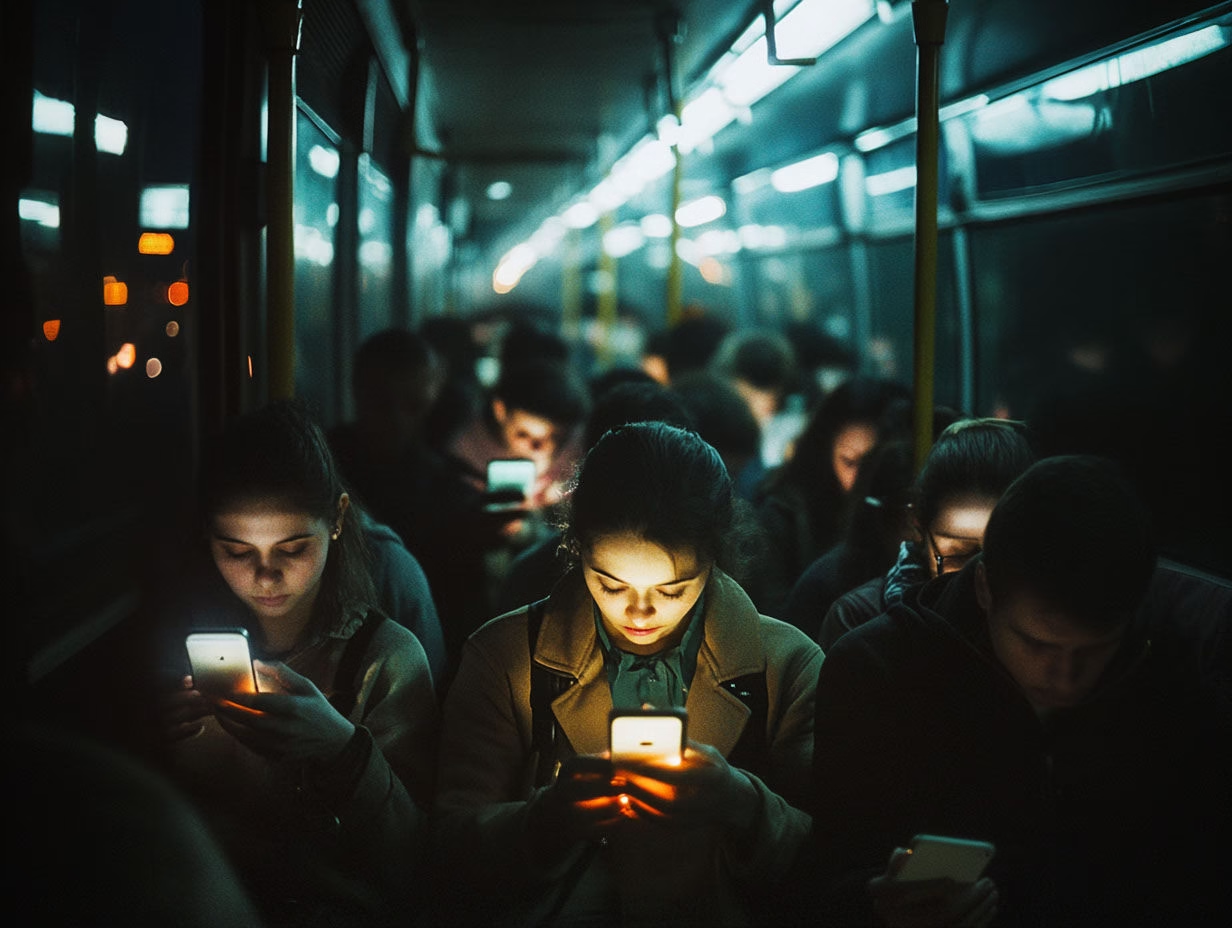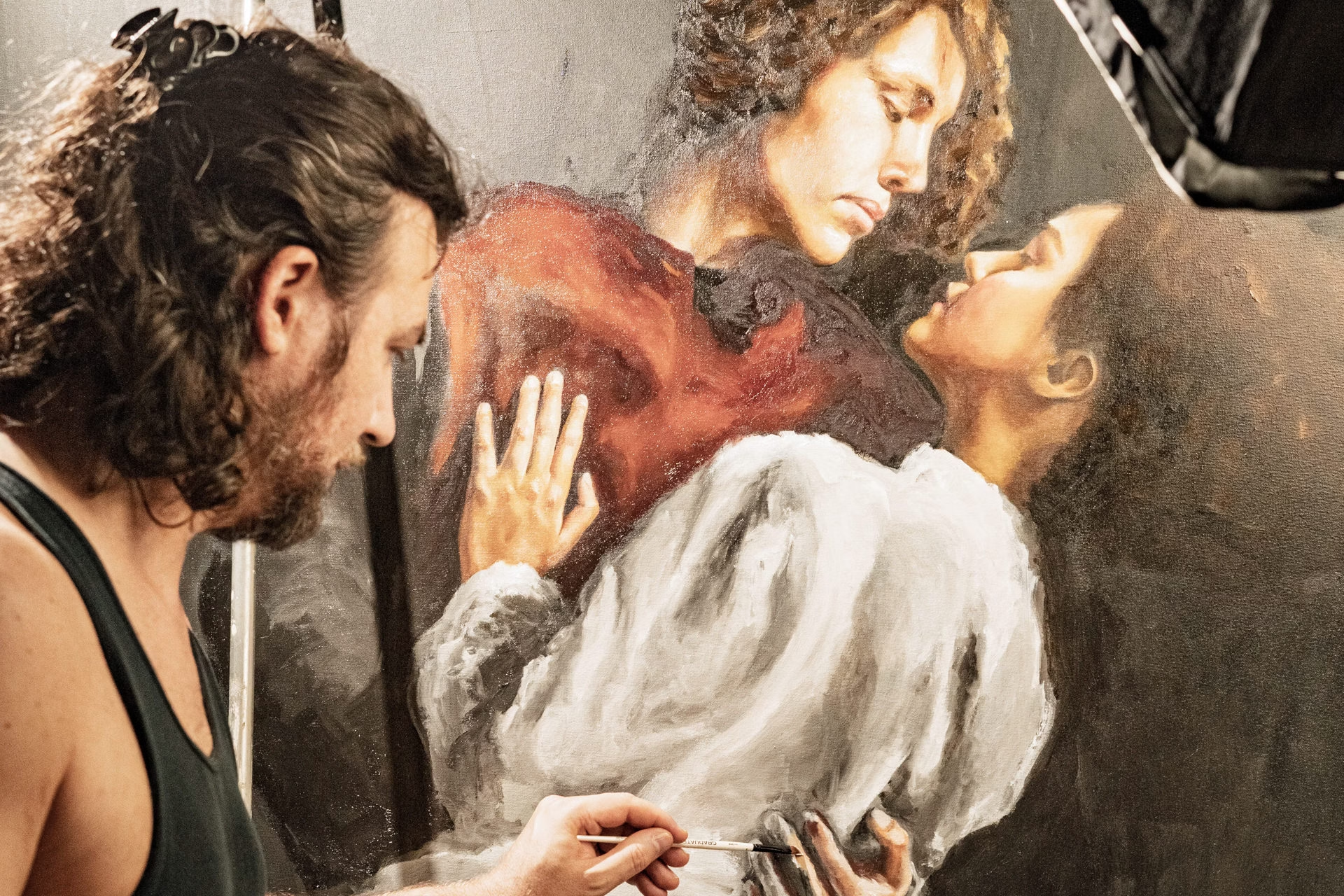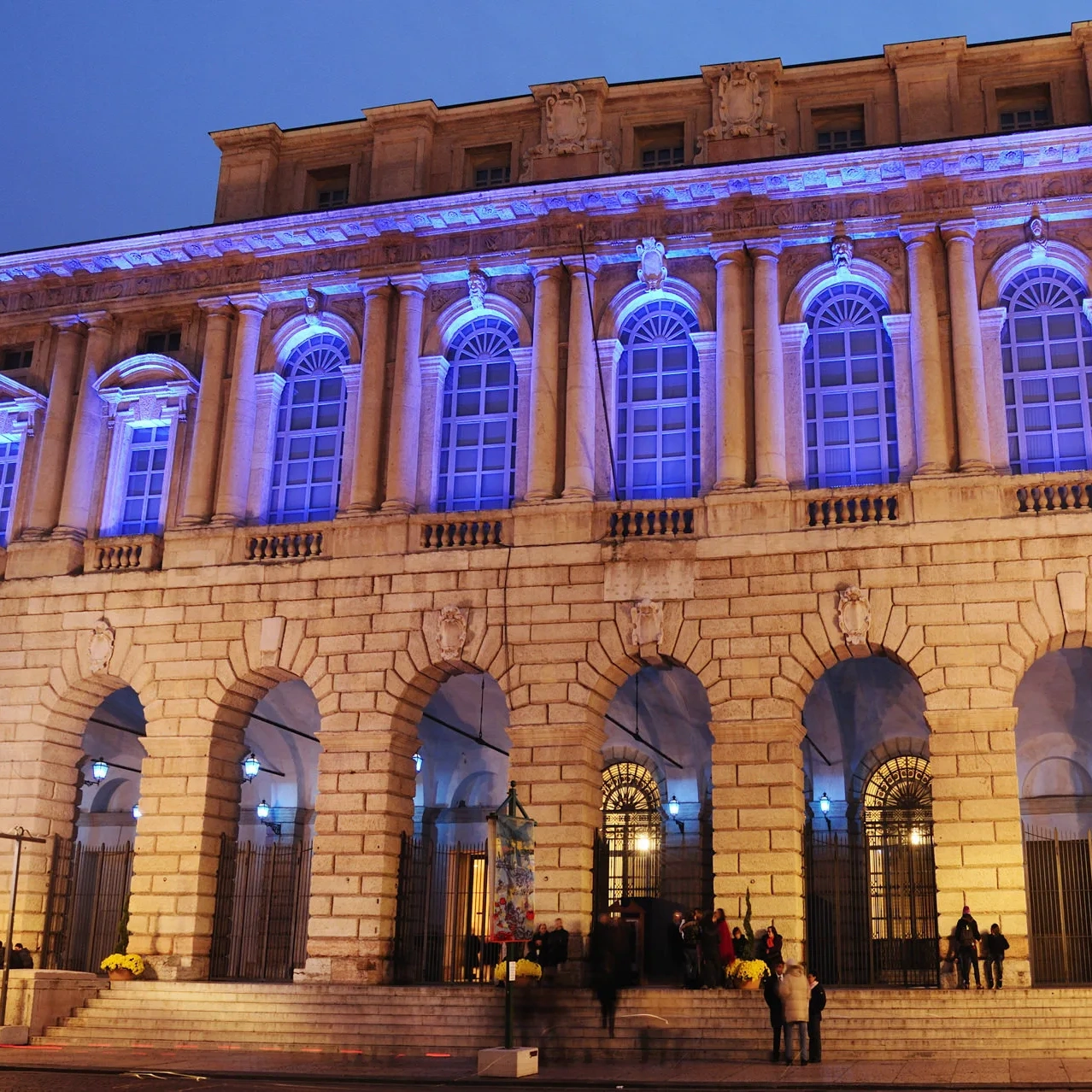It’s the late 1960s, almost the ’70s.
They’ll call it The Summer of Love.
That year will be something special, something unforgettable. The young people of the time don’t know it yet, but it will go down in history as a unique, extraordinary moment.
A rebellious spirit, a sense of youthful triumph, and the realization that things can actually change are in the air. Everyone feels it.
Long hair, loose clothing, and a scruffy look become their badge of identity. Some smile at this transformation, while their parents despair.
The system, the machine, isn’t invincible.

Rebellion is possible.
This becomes clear as the media brings these stories to light.
Millions of people spontaneously gather in San Francisco.
It’s been twenty years since Jack Kerouac’s On the Road, and the time is ripe.
It’s the year of the Summer of Love.
In the summer of 1967, between 75,000 and 100,000 young Americans flooded into Haight-Ashbury to protest the Vietnam War and materialism, to experiment with drugs and sexuality, to explore alternative religions, or simply to seek and live out the hippies’ idealized version of enlightenment.
Nobody wants war anymore. Consumerism and conservatism make people cringe.
The radio plays San Francisco (Be Sure to Wear Flowers in Your Hair).
The echoes of voices shouting, of eyes turned skyward as they dance, impatiently awaiting the future…
All of it slowly fades into a distant, nostalgic hum.

Another story from 1500
Now, let’s go back a few hundred years to Verona, where Romeo and Juliet lived.
A different time. Same struggle. Two young lovers rebelling against conflicts and feuds that aren’t their own.
True love, overshadowed by the ambitions and desires of adults, is pursued in secret.
They, too, in their youthful rebellion, find a way to live life on their own terms, defying the expectations imposed by society.
But in their quest, they ultimately face a fate far harsher than anything life itself might have held for them.
The challenge to rules, the rejection of the present’s limitations, the generational clash, and the search for a better future—these themes are strikingly familiar.

Back to the present time
Now fast-forward to the present. Look around at a subway car.
People travel alone, eyes down, avoiding each other.
No one speaks. They’re absorbed in their electronic devices, on journeys filled with images and videos from social media.
A world where people compete for popularity to earn as much as they can from major corporations, who in turn pay them to promote their products.
Social media no longer allows for free expression. Instead, it’s monitored by artificial intelligence, isolating or banning anyone who strays from the “correct” narrative.
What happened to us? What happened to the rebellious spirit that has now morphed into conformity?
Why have we become the loneliest generation?

An art collection is born
The Metamorphosis of Romeo and Juliet is an art collection that, under the guise of retelling the world’s most famous love story, explores loneliness and the lack of authentic connections in the age of technology and artificial intelligence.
It’s a narrative journey inspired by the story of these two lovers, offering an alternative ending: a vision where they must survive their own struggles to build a lasting relationship.
It’s an emotional exploration of the past and the future, weaving together themes like relationships, selfishness, empathy, and emerging technologies.
The project began in 2021 and is still evolving. It’s been exhibited in Miami, London, and Verona, and seen by tens of thousands of people—including the brother of the King of England. It’s also sparked school workshops and in-depth seminars.
This collection’s story is far from finished, but it holds incredible promise.
The goal is to once again ignite a desire for change and a sense of freedom in future generations.
This time not as revolution but perhaps as evolution.
Alex Righetto
Italian artist Alex Righetto, trained in Verona, is known for vibrant, narrative art with a modern take on European history. Featured in Vanity Fair and Vogue, his work appeared in worldwide exhibitions.


